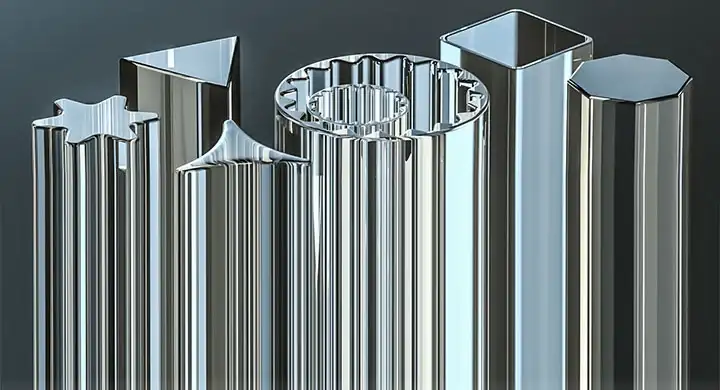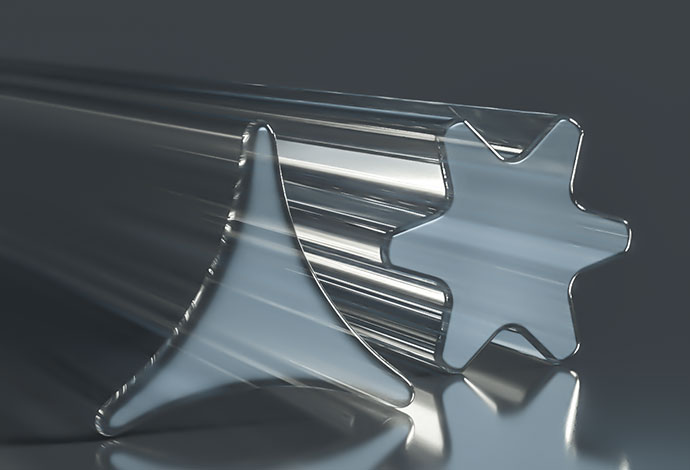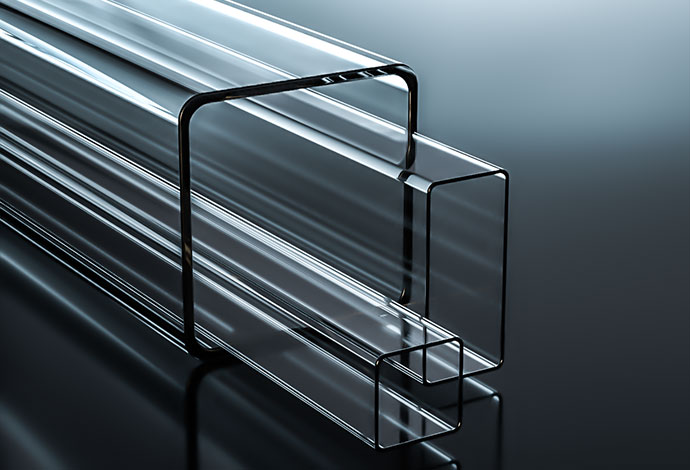
CONTURAX® and CONTURAX® Pro
Tough and transparent, with dimensions tailored to your needs
Both CONTURAX® and CONTURAX® Pro deliver hard and smooth surfaces to resist scratches and corrosion from conventional cleaning agents. The two ranges also enable precise processing into every shape and size thanks to a high degree of geometrical accuracy, with light transmission in the visible ranges making them ideal for architectural and artistic applications.
Explore material properties in detail








